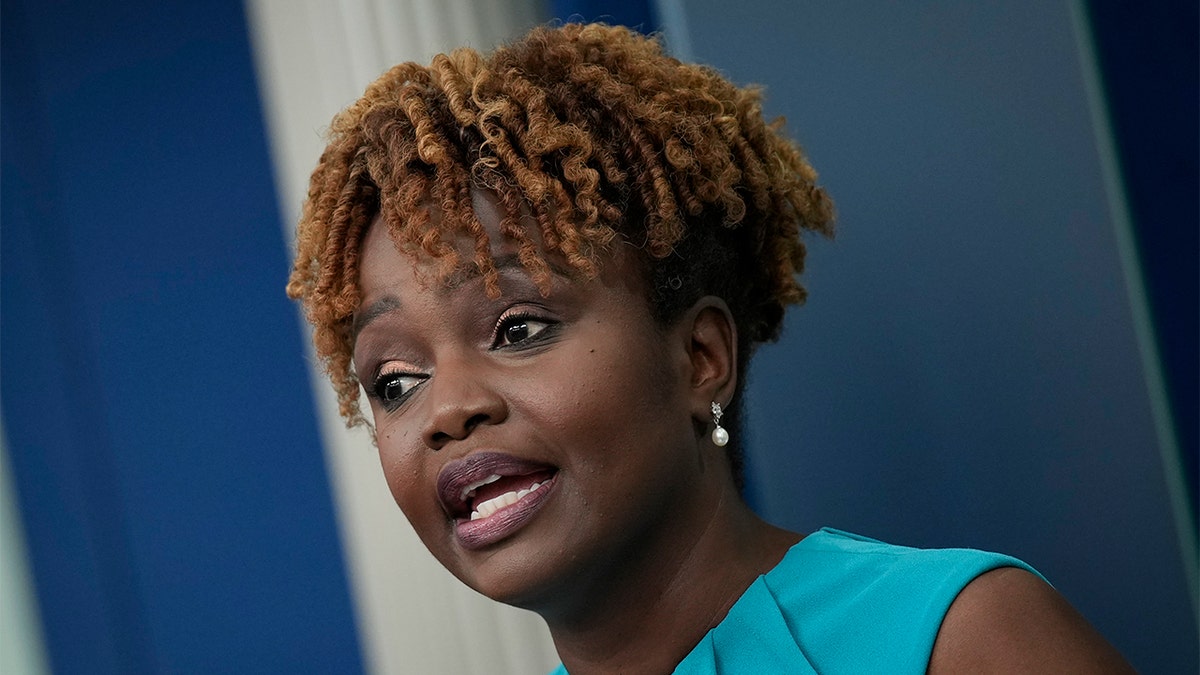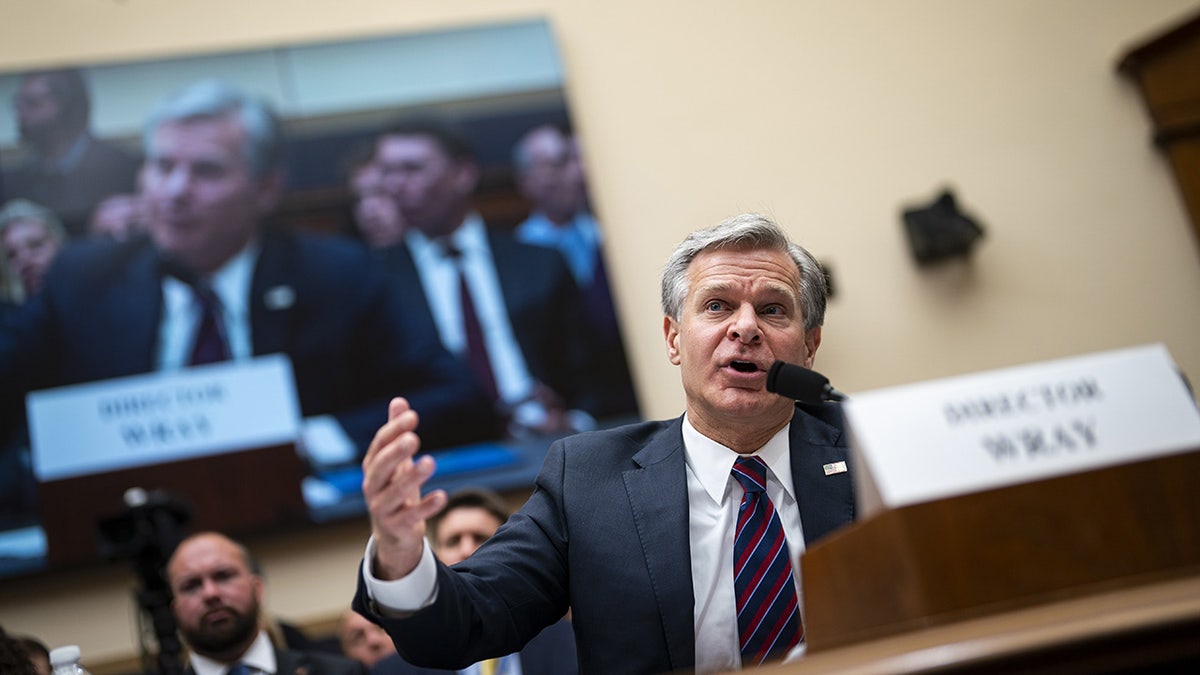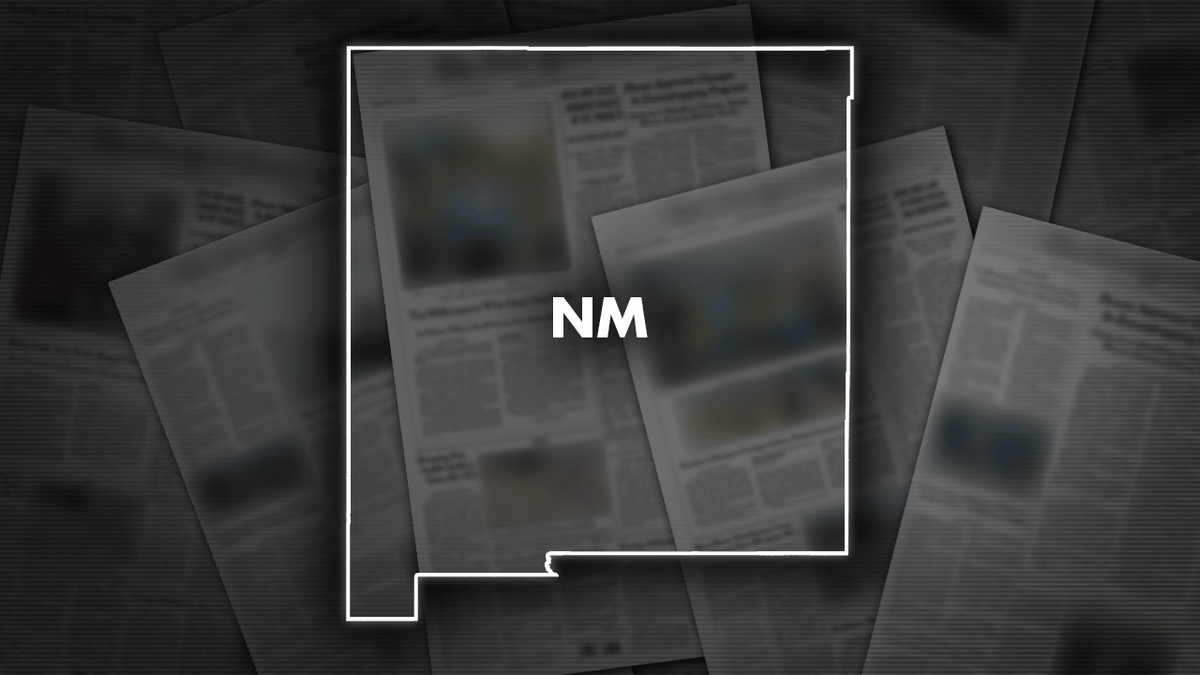Navigating the complexities of congressional finances can be challenging. With discussions of government shutdowns, budgets, and the debt ceiling swirling around, it's easy to get lost in the jargon. This article aims to clarify the four key fiscal issues Congress is currently grappling with.
1. Government Funding: Averting a Shutdown
The immediate concern is avoiding a government shutdown. The deadline is March 14th, and Congress must either extend current funding levels temporarily or pass all 12 annual spending bills. The latter is highly unlikely given the current political climate. Congress has already resorted to short-term spending patches, highlighting the ongoing struggle to meet funding deadlines. This continuous cycle of short-term fixes has put lawmakers behind schedule for funding the upcoming fiscal year 2026, starting October 1st.
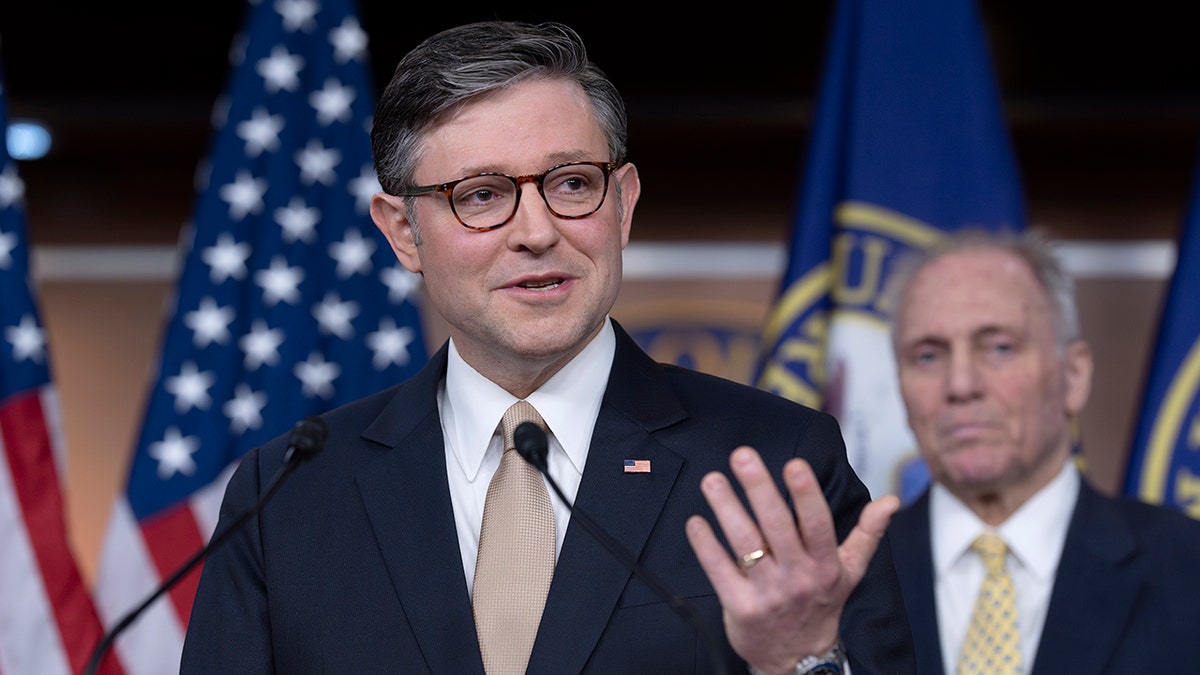
While House Speaker Mike Johnson and President Trump have indicated their support for another year-long continuing resolution (CR), this approach faces opposition from some conservatives, particularly those concerned about the impact on military spending. CRs maintain existing funding levels, which can be detrimental to departments like the Pentagon, which receives a significant portion of federal appropriations.
2. The Budget Blueprint: A Tool for Legislative Maneuvering
Separate from government funding is the budget, a non-binding outline of projected federal expenditures. This framework encompasses both discretionary spending (allocated annually by Congress) and mandatory spending (pre-approved funding for programs like Medicare and Social Security). The key purpose of creating a budget blueprint is to enable Republicans to utilize the budget reconciliation process. This parliamentary maneuver allows them to bypass the Senate filibuster, which requires 60 votes to overcome. With Republicans holding only 53 Senate seats, reconciliation is crucial for passing legislation with a simple majority.
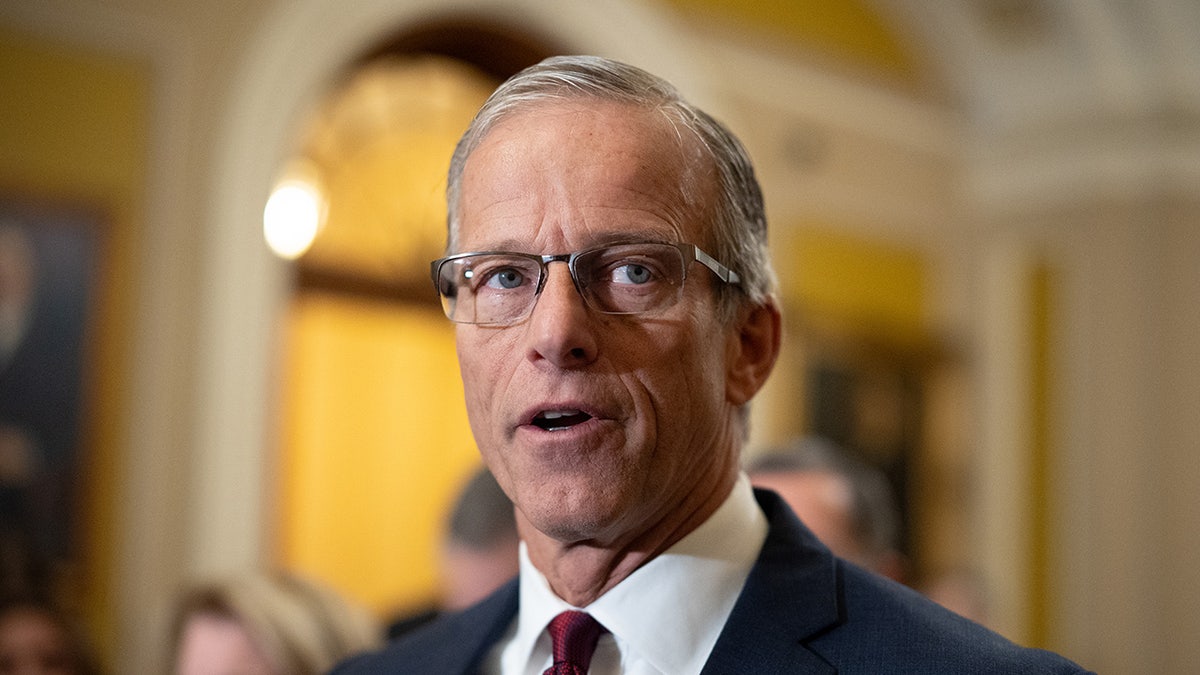
However, using reconciliation presents its own challenges. The House and Senate must agree on the same budget framework and the subsequent bill. This requires significant negotiation and compromise, especially given the differences between the House and Senate budget proposals. The House version includes deep spending cuts and tax cut renewals, while the Senate version focuses on border security.
3. President Trump's Policy Agenda
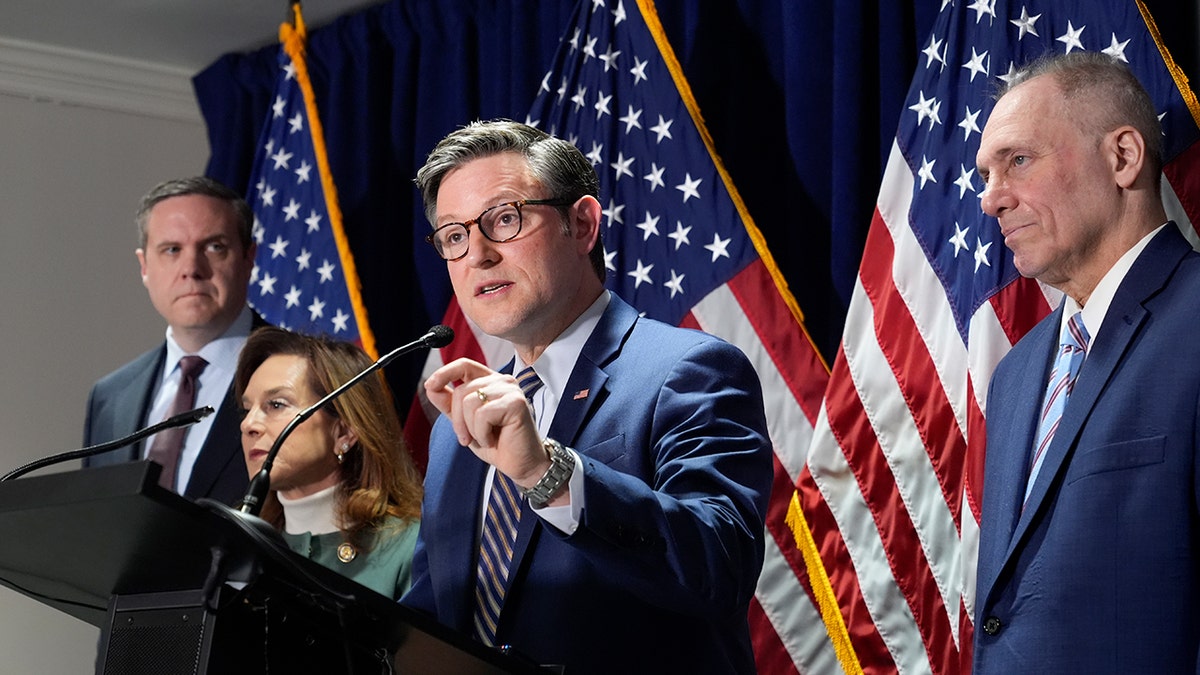
Woven into these fiscal discussions is President Trump's policy agenda. Successfully navigating the budget and funding processes is essential for advancing the president’s legislative priorities.
4. The Debt Ceiling: A Looming Crisis
The debt ceiling, a limit on the amount of debt the federal government can accrue, represents a separate but interconnected challenge. The current debt ceiling is approximately $36 trillion. Failure to raise or suspend the debt ceiling could have severe repercussions for the financial markets. President Trump previously attempted to link a debt ceiling increase to government funding negotiations, a move that caught some Republican leaders off guard. Raising the debt ceiling often requires bipartisan support, as some Republicans are reluctant to vote for increases and Democratic votes are needed to overcome a potential Senate filibuster.
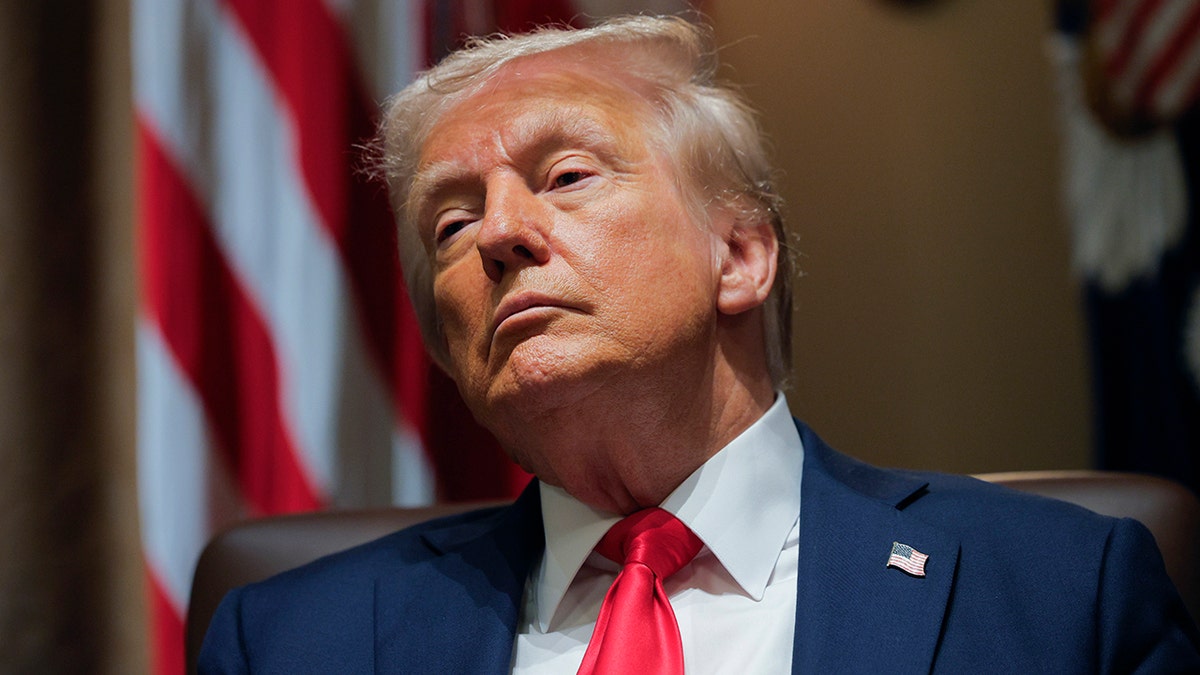
While the debt ceiling was technically reached in January, the Treasury Department has employed "extraordinary measures" to postpone the actual deadline, likely to April or May.
These four fiscal issues – government funding, budget reconciliation, the president’s agenda, and the debt ceiling – are distinct yet intertwined. Congress must address government funding and the debt ceiling to avoid immediate crises, while simultaneously navigating the budget process and the president’s legislative goals. Any roadblocks in one area could have cascading effects on the others.

